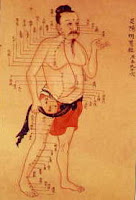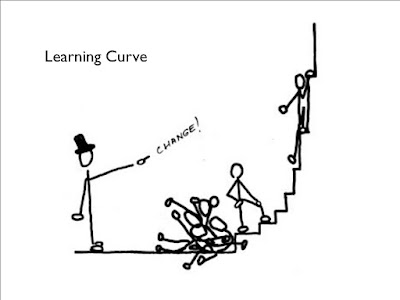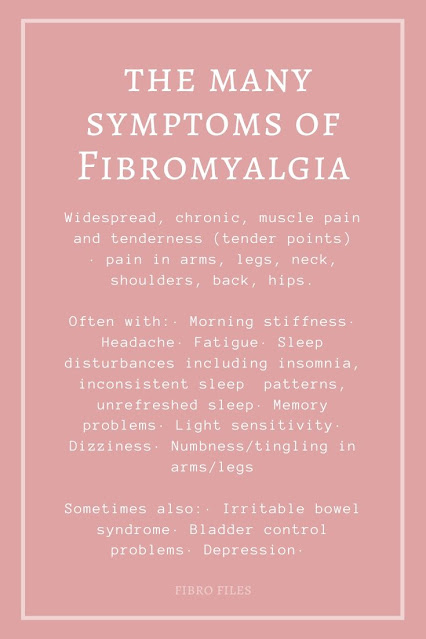Exercise is often the last thing we feel like doing when living with fibromyalgia and many people find that walking, which is often suggested, aggravates the pain for days after.
Physical therapy in warm water has been effective and highly recommended for people with fibromyalgia. The natural buoyancy of the water is what makes it easy to do. The warm water is comforting and relaxes the joints and the muscles. Many studies have shown that walking in water is one of the most popular interventions used which significantly lowers ratings of fatigue after exercise and reduces the delayed onset muscle soreness that many of us with fibromyalgia get.
If you have fibromyalgia pain, you're likely clenching right now.
"Clenching is an involuntary reaction to stress," says Doris Cope, MD, director of Pain Management at the University of Pittsburgh Medical Center. "People tense their muscles, and probably don't even realize they're doing it. That reduces blood flow to the muscles, which causes pain."That's why moving in warm water is great for reducing pain as it relaxes the muscles and gets blood flow to the muscles and tendons.
Hydrotherapy is a recommended course of treatment for patients with any type of chronic pain condition. Hydrotherapy reduces pain by promoting normal movement, increasing muscle length, and increasing muscle strength and control. Conditions that may benefit include fibromyalgia, complex regional pain syndrome, and longstanding musculoskeletal conditions. ~ Hydrotherapy India
You don't need to be a swimmer to join in a water exercise class: at the group I joined many people stood in the shallow water and hung onto the railing to do the movements and there was no swimming or floating involved. There was even a hoist to lift some people, who could not manage the stairs, into the water.
Check out the link above which includes information about studies from Spain done on water aerobics. These studies were done at the University of Extremadura, Spain, and the University of Evora, Portugal, and published in the journal Arthritis Research and Therapy.
The study showed participants experienced an improvement in their fibromyalgia symptoms including
(2) self-care,
(3) daily activities,
(4) pain and discomfort, and
(5) anxiety or depression.
Hydrotherapy is also called water therapy, aqua physiotherapy, aquatic physical therapy, or aquatic therapy.
Research Article in the journal Arthritis Research and Therapy.
You may also be interested in these articles:





















